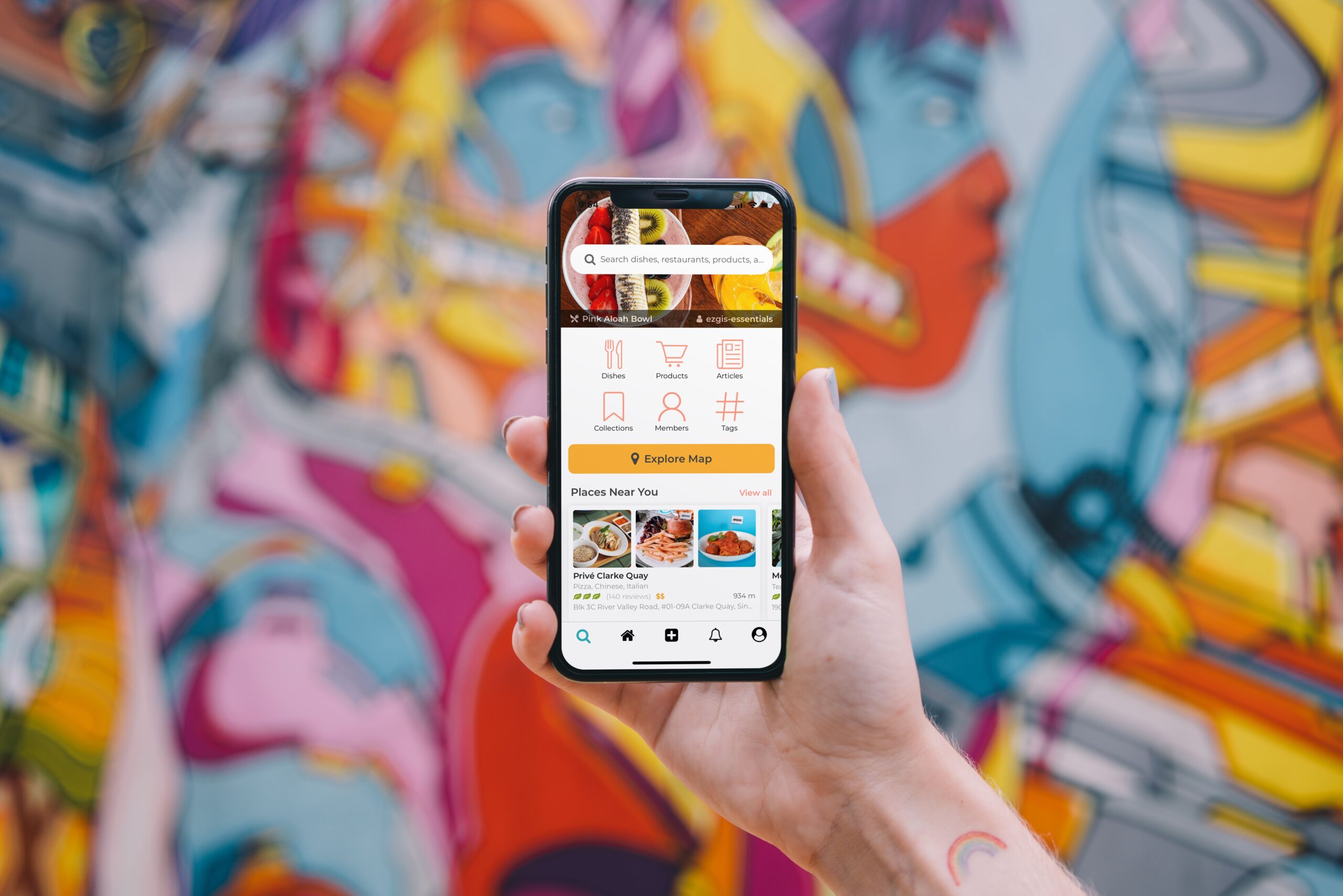
In a digital world where the evolving threshold of customer expectations are set by digital native brands, traditional retailers on expedited digital transformation journeys are leveraging multi-channel platform capabilities and data to provide customers with more. More products, more content, more offers, more information, more options. But in a world saturated by choice, overloading customers – when is more experience too much?
Anticipatory design is the process of removing unnecessary choices and effort so that the product and service experience provides the most seamless, smoothest experience for people. It’s about creating delightful experiences that anticipate what users need, before they know they need it, and reduces cognitive load by eliminating needless choices.
Anticipatory design uses a combination of context, data and machine learning to adapt, generate and refine an individual’s experience.
Opportunities for retailers – with a catch
Online spending globally has soared throughout the pandemic, e-commerce now accounts for 16.3% percent of retail spending in Australia, with potential for significant further growth. Quantium and ABS figures show that in 2020 Australians spent $50.46 billion online, up from $32.1 billion in 2019. As retailers emerge from a focus on surviving COVID-19 to find four in five Australian households making purchases online, an exciting opportunity presents itself, but there are some challenges to overcome. Anticipatory design can help.
Challenge 1: rapidly evolving customer expectations
Customer expectations get higher and higher as innovation and technology continue to evolve at the rate of Moore’s law. Brands such as Amazon, The Iconic and Uber Eats continue to raise an already high digital experience bar that traditional retailers must meet.
Challenge 2: the paradox of choice
With so many options now available to us, a simple, eagerly-awaited purchase can become a stressful moment, paralysing a customer into a non-decisive state. Similarly the processes after the purchase decision is made can result in cognitive overload.
Challenge 3: the brand promise vs service delivery gap
The pace of organisational change by bricks-and-mortar retailers undergoing digital transformation is slow and incremental which leaves the customer expectation gap continually widening.
A better way
One of the early, someone clunky, but delightful examples of contextual anticipatory design in retail was Amazon’s Dash button, introduced in 2014. Customers could press a WiFi-connected button in their laundry when detergent or paper towels ran out. A day later a replenishment order of their favourite brand would turn up at their door. Whilst the experience wasn’t automated, the personalised, quick re-order process was offered when and where it was front of mind, reducing cognitive load and time to product.
Anticipatory experience can still leverage context but now, powered by AI and machine learning, they can also anticipate what users need before they know they need it, helping them achieve their goals through a streamlined, tailored and automated experience.
Me&u provides an in-venue food ordering service. Customers simply tap the QR code or near field communication (NFC) beacon and select their order. When a customer scans again later, the restaurant or café can make a smart assumption and offer the customer perhaps another round of drinks. AI enables the restaurant to do this based on knowing how customers typically behave, what this customer has ordered, their current location and the time. This enables Me&u to pre-populate the customer’s cart, removing the tedium of choice and speeding up the checkout process for the customer. It adds that sprinkle of delight that would come from an attentive human-to-human service interaction that produced the same outcome.
Sephora beauty similarly leverages AI and augmented reality to drive a personalised product selection experience that is more convenient than shopping in person. The Sephora mobile app uses the camera and computer vision AI help customers match their skin tone to a foundation or recommended lipstick shades, and try them on virtually.
1. Play to strengths
Traditional retailers have a unique leverage point: their physical store assets are poised to play a larger role in the shopping experience. Once lockdowns end, we anticipate a shift towards in-person engagement with brands. Becoming truly omnichannel requires consideration of how to leverage emerging technologies to connect the digital and physical worlds fluidly and immersively. When a customer walks into your store you can help them find the products they’re looking for, deepen the value of loyalty by offering tailored member’s pricing, or offer a hybrid shopping experience using their mobile phone, starting with guided navigation to a reserved parking spot closest to the store.
2. Less is more
Reduce the paradox of choice by removing the onus on customers to make decisions. Focus on streamlining and eliminating steps in the experience where possible by recognising predictable patterns in customer behaviour and identifying interactions that can be personalised or collapsed. Leverage machine learning to minimise user fatigue by only providing personalised marketing only if appropriate to that customer at that point in the funnel. Reduce the selection of products you cross- or upsell based on context.
3. Personalised evolutionary interactions
The post-purchase ownership or usage experience has become a rich opportunity to leverage data and AI to respond to what a customer will be thinking and feeling at a particular moment in time. Simplify an individual’s experience based on their behaviour, context and engagement with various channels over time. Unify data to provide a 360-degree view of your customer and offer personalised 24/7 support for delivery queries. Offer adjacent services that will be available when and where a customer needs them, for example, guidance for product assembly or instructions for how to use a product.
Identify must-win moments across the customer journey and use anticipatory design to take advantage of the peak-end rule, which the Nielsen Norman Group defines as “a cognitive bias that impacts how people remember past events”. Intense positive or negative moments (the “peaks”) and the final moments of an experience (the “end”) are more prominent in our memories.
This means it is important to take control of the way a customer experience ends, for example by facilitating effortless returns.
Go beyond the guest vs authenticated experience to leverage data and AI in simplifying and streamlining an individual’s experience based on their behaviour, context and cadence of , not just the journey to checkout. The post purchase and ownership or usage experience are also rich opportunities to triangulate an individual’s data with knowing what they are most likely to want or need, and how they will be feeling at that moment in time.
Anticipatory design is ultimately about benefitting both customer and retailer to relieve stress and reduce effort for both. As Barry Schwartz writes in The Paradox of Choice, “Learning to choose is hard. Learning to choose well is harder. And learning to choose well in a world of unlimited possibilities is harder still, perhaps too hard”.
Physical retailers already know their customers and have deep expertise in understanding and serving their needs. They are well placed to leverage AI to automate and scale, taking memorable experiences that create loyalty to the next level.
By Cassandra Kelsall, Publicis Sapient
This article was first published by Inside Retail
